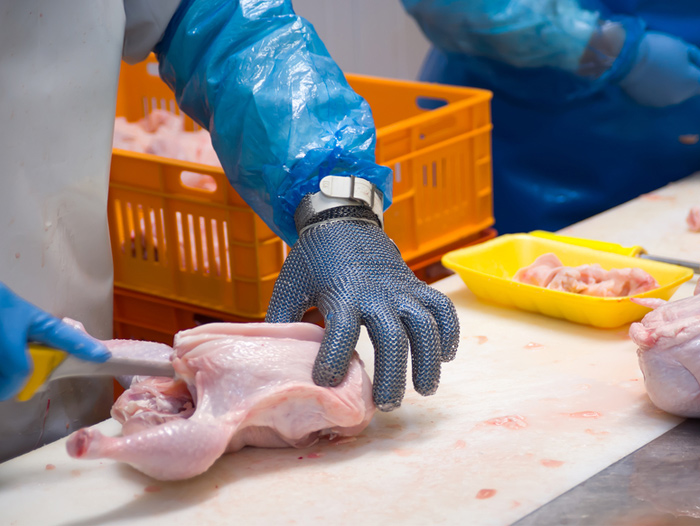Poultry Quarterly: Outlook 2019 – Challenging Start but Gradual Recovery Throughout the Year
December 21, 2018 | 2 min to read

The outlook for the global poultry industry is expected to gradually improve in 2019. Global trade will remain volatile and competitive in 1H 2019, with exporters competing for reduced volumes as a result of the many trade issues in 2018. Trade issues include the US-China trade tensions, the changing Saudi trade standards, the removal of some Brazilian exporters from the EU approved list and ongoing disease issues. These issues will continue to have an impact on global trade flows and prices in the coming months. Under such very volatile conditions, being restrictive in supply to keep markets balanced is key, and regions involved in trade, like the US, the EU and Thailand, should follow the successful steps taken in Brazil, South Africa, and Russia.
“In 2H 2019, we expect markets to gradually recover, with China in the forefront given the impact of African swine fever,” says Nan-Dirk Mulder, Senior Analyst – Animal Protein. “This will likely lead to increasing broiler prices in China, as some consumers substitute chicken for pork, and as global poultry trade focuses will focus more on China as local Chinese chicken production is restricted by low breeding-stock availability. Countries who can supply China are well positioned to benefit from this situation, such as Brazil and some Eastern European countries (including Russia) who are just gaining access to Chinese markets.” Wildcards for the outlook are the outcome of the China-US trade negotiations and ongoing avian influenza pressure. Both factors could change global poultry market conditions, especially when combined with a return of US chicken in the Chinese chicken market, which would be a major blow for global trade flows.
Other topics discussed in the report include:
- China to support recovery in 2H 2019
- Brazilian exports to EU and Saudi to remain challenged
- Avian influenza concerns remain
- Feed price outlook
- US-China trade negotiations
Click here to download the report
